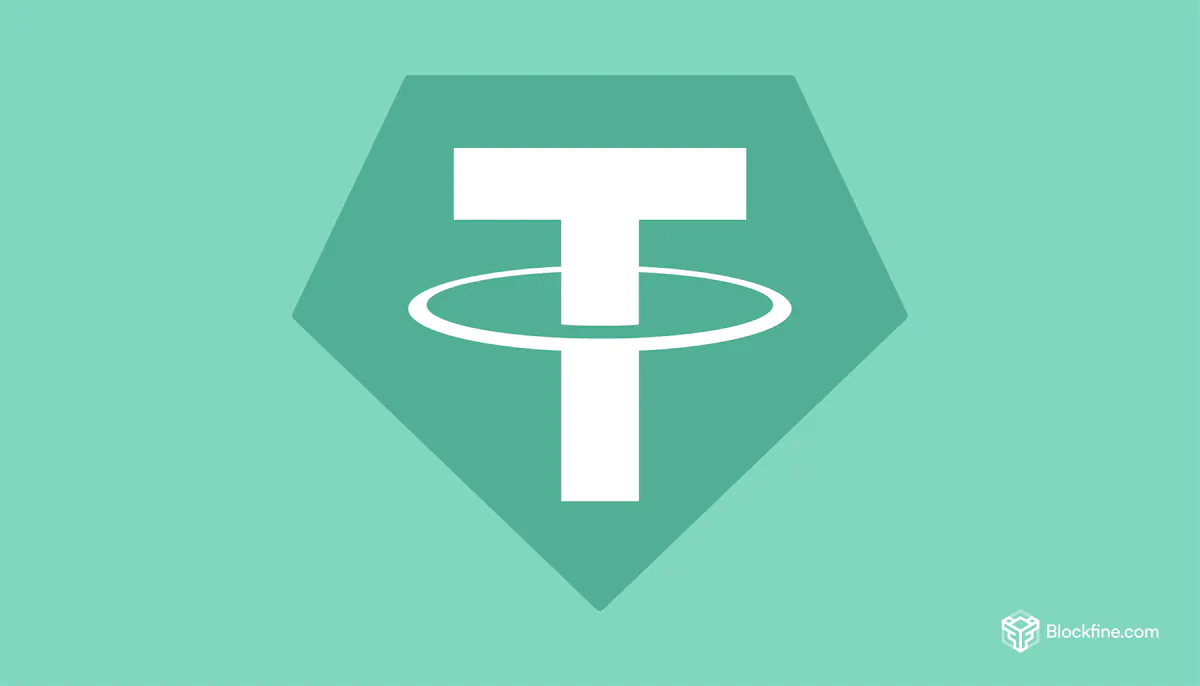Tether (USDT) is one of the most well-known and widely used stablecoins in the cryptocurrency market. Introduced in 2014 by Tether Limited, USDT was designed to offer the stability of the U.S. dollar in the highly volatile crypto market. It has since become an essential tool for traders and investors looking for a reliable way to store and transfer value within the digital economy. This article provides an in-depth look at what Tether is, how it works, its key features, and its role in the broader cryptocurrency landscape.
What is Tether (USDT)?
Tether (USDT) is a stablecoin, a type of cryptocurrency that is pegged to a stable asset—in this case, the U.S. dollar. This 1:1 peg means that each USDT token is supposed to be backed by one U.S. dollar held in reserve by Tether Limited. The primary purpose of Tether is to provide a “safe harbor” for traders and investors during periods of high volatility in the crypto market. By holding USDT, they can avoid the wild price swings common with other cryptocurrencies like Bitcoin or Ethereum while still being able to quickly re-enter the market.
Initially launched as RealCoin in July 2014, it was rebranded to Tether later that year. USDT was originally issued on the Bitcoin blockchain using the Omni Layer protocol, but it has since expanded to multiple blockchains, including Ethereum, Tron, and Solana, among others. This wide-ranging support makes USDT highly versatile and accessible across various platforms.
Key Features of Tether
Price Stability
The key feature of Tether is its price stability. Unlike other cryptocurrencies, which can fluctuate wildly, USDT maintains a stable value pegged to the U.S. dollar. This stability is achieved through Tether Limited’s reserve management, where every USDT issued is claimed to be backed by an equivalent amount of U.S. dollar reserves or other assets.
Multi-Blockchain Support
USDT is available on numerous blockchains, including Ethereum (as an ERC-20 token), Tron (as a TRC-20 token), and others like Solana and Polygon. This broad support allows USDT to be used in various decentralized finance (DeFi) applications and across multiple cryptocurrency exchanges, making it one of the most accessible stablecoins in the market.
Transparency and Reserves
Tether Limited claims to provide full transparency regarding its reserves, with daily updates on its website. As of 2024, Tether reported holding a mix of cash, cash equivalents, and other assets, including U.S. Treasury bills, to back its USDT tokens. However, Tether has faced scrutiny and legal challenges regarding the transparency and adequacy of its reserves, leading to settlements with regulatory bodies and fines for past misrepresentations.
High Liquidity
USDT is one of the most liquid assets in the cryptocurrency market. It is commonly used as a trading pair on many exchanges, allowing users to quickly and easily move in and out of positions in other cryptocurrencies. This liquidity makes Tether an integral part of the cryptocurrency trading ecosystem.
The Role of Tether in the Cryptocurrency Market
Tether plays a crucial role in the cryptocurrency market by providing a stable value anchor. It is widely used by traders to hedge against market volatility, as well as by exchanges to facilitate the transfer of funds between platforms without the need to convert back to fiat currency. Additionally, Tether is heavily utilized in the DeFi sector, where it serves as collateral for loans and other financial instruments.
Despite its utility, Tether is not without controversy. Concerns have been raised about the true extent of its reserves and its ability to maintain the 1:1 peg during times of market stress. For instance, during the collapse of the TerraUSD (UST) stablecoin in 2022, Tether briefly lost its peg, dropping below $1, although it quickly recovered.
The Future of Tether
Looking ahead, Tether is expected to remain a dominant player in the stablecoin market, but it will likely face increased scrutiny from regulators and competition from other stablecoins like USD Coin (USDC) and newer entrants. Tether Limited continues to expand its offerings, including the introduction of stablecoins pegged to other fiat currencies like the Euro (EURT) and the Mexican Peso (MXNT), as well as exploring new opportunities in blockchain technology and renewable energy.
Conclusion
Tether (USDT) is a cornerstone of the cryptocurrency market, offering a stable and reliable option for traders and investors. Despite its controversies, USDT’s widespread adoption and utility ensure it will continue to play a significant role in the crypto ecosystem. Whether you are new to cryptocurrency or a seasoned trader, understanding Tether and its functions is crucial for navigating the digital asset landscape.
